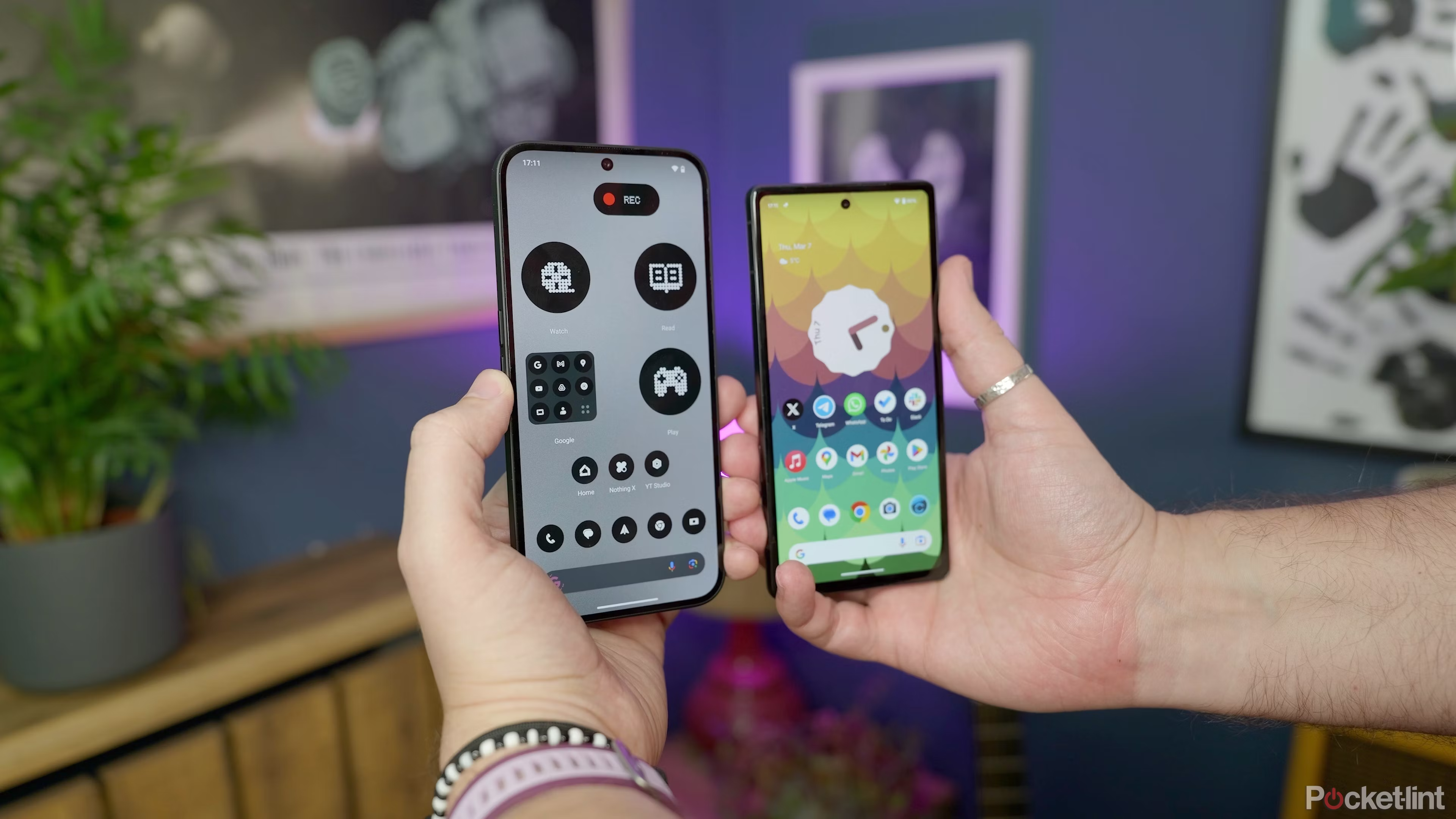Robotex India Championship 2024 took place in an environment filled with future technology such as a Waste Segregator for Landfills, an Earthquake Detection Robot, a firefighter robot that is ready to put out a fire, a robot that solves puzzles with its ingenuity. Technologically skilled school and college students from various states including Maharashtra showed glimpses of their robotics, and AI prototypes in this competition.
The annual Robotex India Championship 2024 was organized this year at the World Peace Dome, MIT-ADT University, Loni Kalbhor, Pune. Around two thousand student participants from Zilla Parishad and Municipal Corporation schools in rural areas of Maharashtra to national-level students from various states, participated in the competition. Competitions were held in various categories such as Line Follower, Maze Solver, Robo Sumo, Entrepreneurship, and Girls Fire Fighting. In this, the skill of the students, especially in primary and secondary schools, was applauded.
Sunita Venkat, Chancellor, Executive Director MIT ADT University, Anjali Byce Group Chief Human Resource Officer, Sterlite Technologies Limited, Pushpendra Kumar, General Manager of Analytics & Business Intelligence from Finolex Industries, Ali Khan Director – IT Governance, risk ZS India, Pinky Rajpal – FLO Pune Chapter Chair, Dr. Praveen B. Binjha
Department of ICT and Training Division CIET and National Council of Educational Research and Training, Dr. Shantipal Ohol—center head of Excellence in Robotics and Artificial Intelligence COEP Technological University Pune, Preeti B—Communication, Social media, Corporate Responsibility, Mrinmayi Koshti—leader HR and CSR Head, Globant—was present at the competition.
Payal Rajpal, Director of Robotex India, said “60 percent of the students in this competition are from government schools. This competition has been organized to provide these students with a platform to showcase their technological skills, and STEM knowledge which they learn all academic year in school. Last year, students from nine Zilla Parishad schools in Maharashtra got an opportunity to compete at the international championship with participants from over 57 countries”. The winning students of this competition will participate in the Robotex International Championship 2024 to be held in Estonia, Europe in December.
Anjali Byce, Group Chief Human Resource Officer, Sterlite Technologies Limited, title sponsor of the competition said “Our main objective is to provide STEM and Technology education to students and give them opportunities at the national and international competitions, bridging the digital divide. We have impacted over 6000 students in schools located in Chhatrapati Sambhajinagar and Silvassa.”




 Health18 hours ago
Health18 hours ago


 Special Editions17 hours ago
Special Editions17 hours ago


 Special Editions3 months ago
Special Editions3 months ago


 Special Editions13 hours ago
Special Editions13 hours ago


 Special Editions19 hours ago
Special Editions19 hours ago













